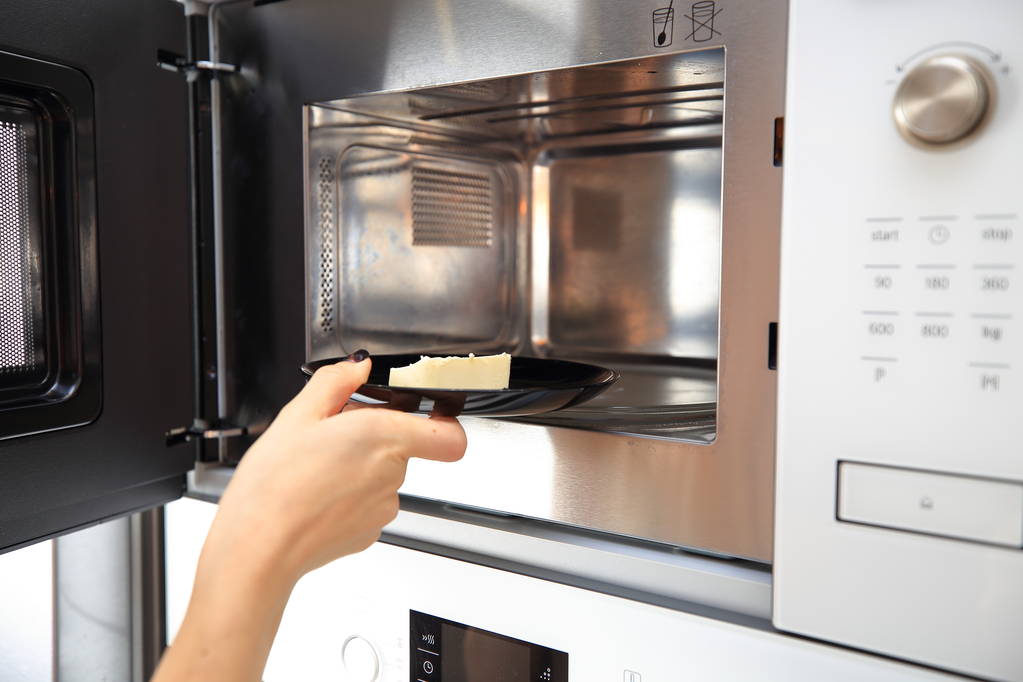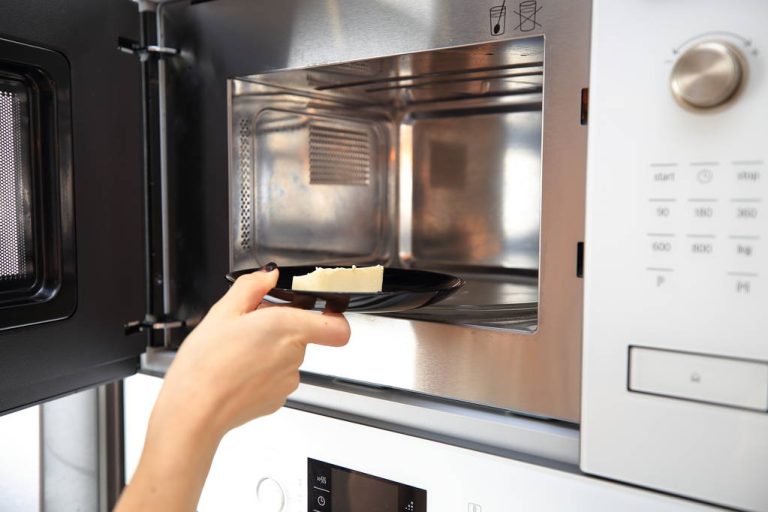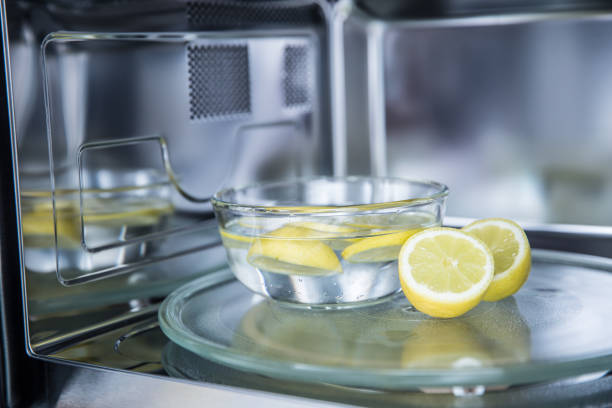Reheat yesterday’s food in the microwave? This is a good idea to avoid wasting food, but reheating some foods is not recommended.
Leftover food often tastes just as good the second day. However, you should be careful with some foods: reheating them risks an upset stomach or worse – especially if you’re just reheating them in the microwave. With proper storage, however, the risk can be reduced. You should be particularly careful with these foods:
Spinach

Spinach should not be reheated a second time – that’s an old kitchen rule, which is still partially valid today. The problem with spinach: the plant naturally contains a lot of nitrate. At room temperature, the nitrate can turn into toxic nitrite.
In conjunction with certain protein breakdown products, nitrite can form carcinogenic nitrosamines. High nitrite levels can also lead to nausea, diarrhea and vomiting. You should therefore no longer eat stale spinach or spinach that has been stored (cooked) for a long time.
You should only heat up spinach a second time if you have previously cooled the leftovers as quickly as possible – the cold curbs the formation of nitrites.
Even if you refrigerate the food, you should not wait longer than a maximum of two days. Because nitrite is also formed in the refrigerator, albeit more slowly.
Heat the spinach in the pot to over 70 degrees Celsius for at least two minutes. In the microwave, food often does not heat up evenly.
Mushrooms
Mushrooms are similar to spinach: If you store cooked mushrooms at room temperature for a long time, reheating can become critical. With their high water and protein content, mushrooms are the ideal breeding ground for microorganisms – dangerous toxins can form during storage, which can lead to nausea and vomiting diarrhea.
However, if you follow a few rules, you can still reheat mushrooms:
Cool mushroom dishes quickly after preparation.
Store the mushrooms in the fridge for no more than a day.
When warming up, you should heat the mushroom dish well to at least 70 degrees.
Never reheat mushroom dishes afterwards!
Chicken
If you heat cold chicken a second time, the protein structures in the meat change. As a result, the stomach can no longer split the proteins properly – this can lead to digestive problems, nausea and diarrhea.
Another risk is salmonella. The bacteria can still be present even after preparation. If the cooked chicken is stored, the salmonella will multiply. If you only reheat the poultry in the microwave, the salmonella can remain on the meat – and in the worst case you risk salmonella poisoning.
As a rule, it is better not to reheat the chicken, but to eat it immediately after cooking. If something is left over, you don’t have to throw it away. There are just a few precautions you should take when warming up:
Do not reheat in the microwave
Heat the poultry completely and evenly for several minutes. The meat should also be hot in the middle, not just lukewarm.
When it comes to poultry, make sure you only buy organic meat. And when it comes to meat consumption, less is definitely more!
Egg
Whether scrambled, fried or boiled eggs – warming up is risky. Similar to chicken, protein structures can change, which can cause stomach upset. If the egg was stored at room temperature, salmonella can also multiply here. You should therefore always eat eggs freshly prepared. All dishes that contain egg should be heated to at least 70 degrees when reheated.
Potatoes and rice

There is also a certain risk with rice and potatoes: If you put boiled potatoes or rice in the fridge a few hours after preparation, spores or bacteria can form. Above all, if the food is only heated for a short time or at too low a temperature, the bacteria are not killed – in the worst case the result is food poisoning. That’s why:
Cool boiled potatoes and rice immediately after preparation and place in the refrigerator.
To be on the safe side, warm it up in a saucepan rather than in the microwave.
Heat the food completely and evenly for several minutes (at least 70 degrees).
Conclusion: The saucepan is safer than the microwave
All of the foods mentioned carry some risk when reheated. If spinach, mushrooms, etc. have been stored unrefrigerated for several hours, you should not reheat them at all.
To be on the safe side, you should not heat up the six foods in the microwave, even if they are sufficiently cooled, but in a saucepan. Because even in the refrigerator, bacteria can multiply or form nitrates. Thorough boiling or heating can kill bacteria. However, this is not the case with heating in the microwave, because the food is not heated sufficiently or for a sufficiently long time.







